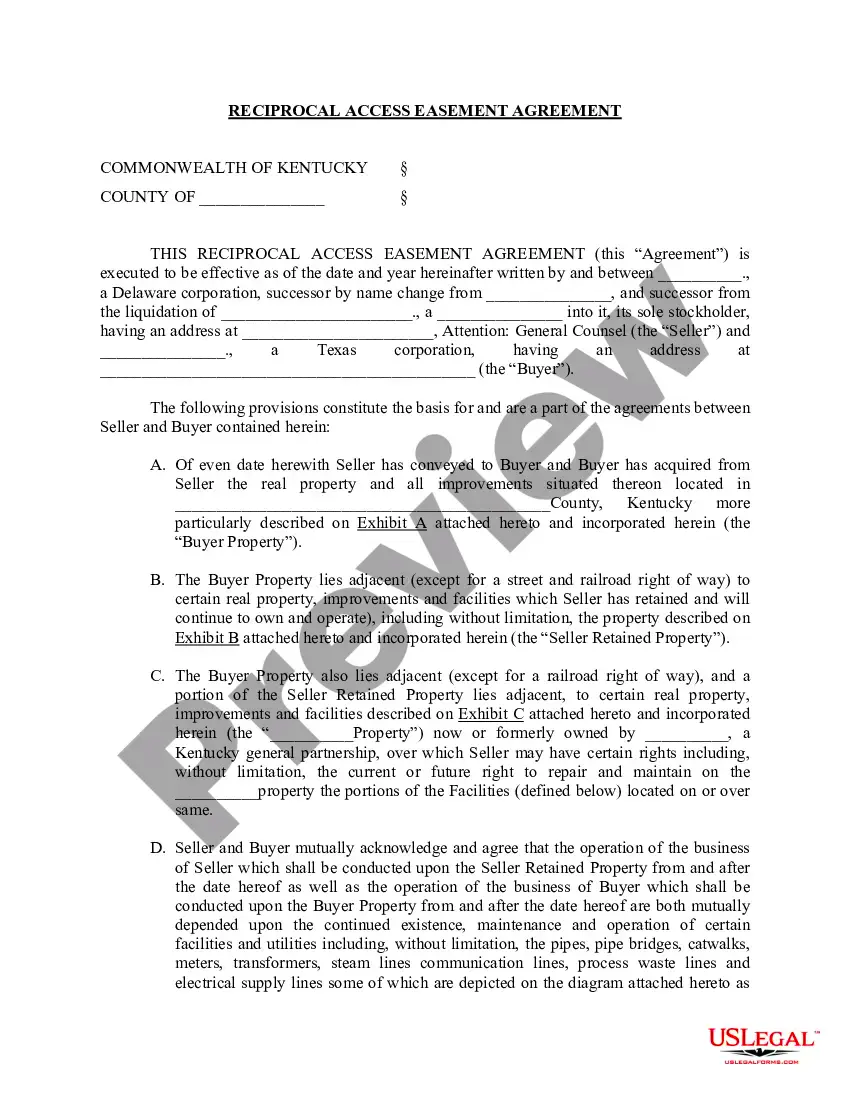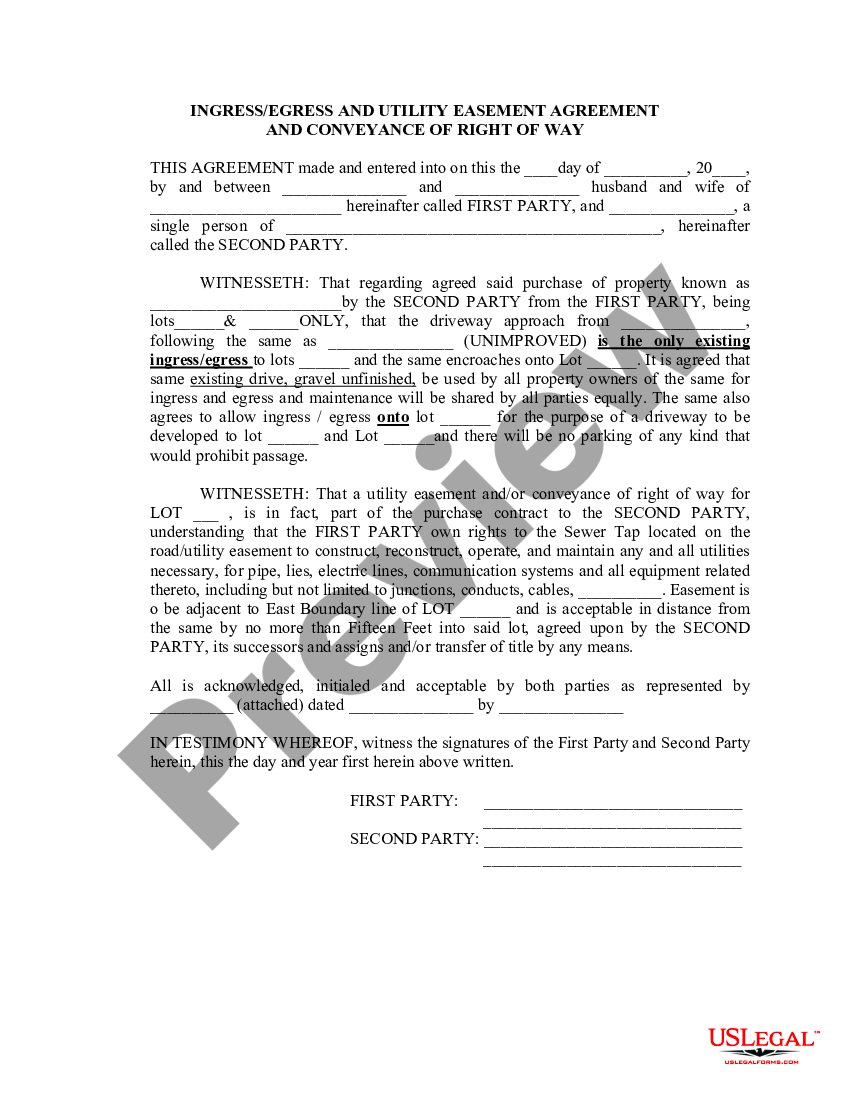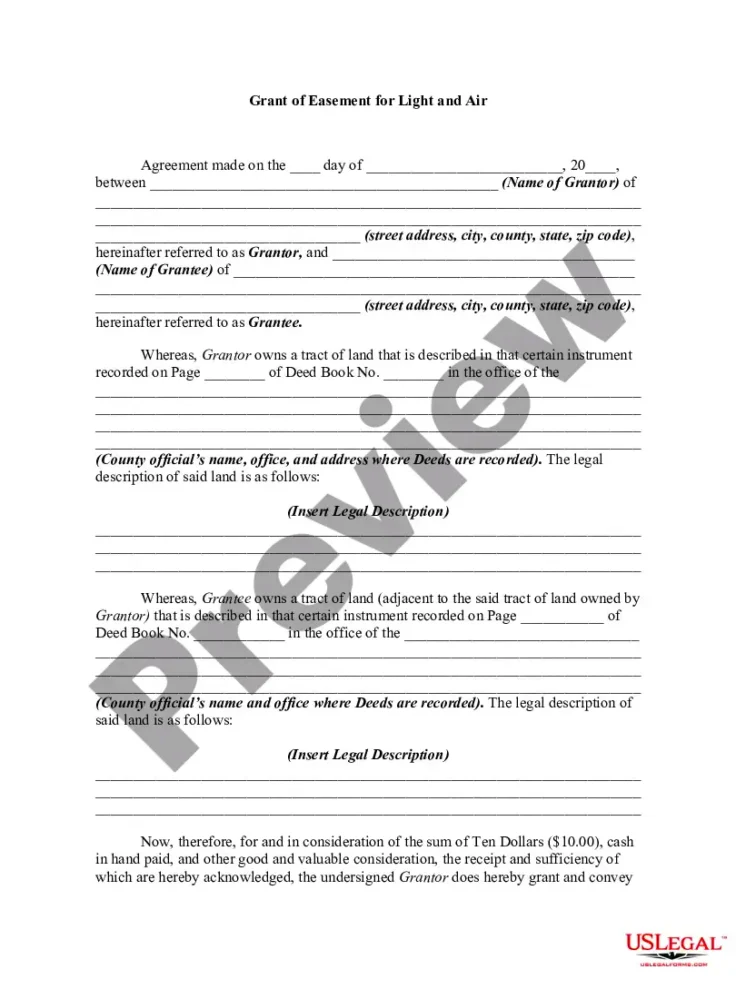Easement Laws in Kentucky Explained
Easements are a key part of property law in Kentucky. They allow one party to use another party’s land for a specific purpose. Understanding easement laws is important for property owners, as they can affect land use, property rights, and property value. In Kentucky, easements can be complicated, so it’s vital to know your rights and responsibilities. This knowledge can help prevent disputes and ensure smooth property transactions.
Types of Easements in Kentucky

In Kentucky, there are several types of easements, each serving different purposes. Here are the most common types:
- Express Easement: Created by a written agreement between parties. This is the most common type.
- Implied Easement: Arises from actions or circumstances rather than a written agreement. It often occurs when land is divided.
- Prescriptive Easement: Established through continuous and open use of someone else’s property without permission for a certain period, usually 15 years in Kentucky.
- Utility Easement: Allows utility companies to install and maintain services like electricity and water on private property.
Each type of easement has specific legal implications, so understanding these can help property owners navigate their rights and responsibilities.
How Easements are Created

Easements can be created in several ways, and understanding these methods can help property owners secure their rights. Here are the primary ways easements are established:
- Written Agreement: The most straightforward way to create an easement is through a written contract between the parties involved. This contract should clearly outline the terms and conditions.
- Deed: Easements can also be created through property deeds, which may grant easement rights during the transfer of property.
- Long-Term Use: If someone uses another person’s land openly and continuously for a specific purpose for at least 15 years, they may acquire a prescriptive easement.
- Subdivision Plans: When land is divided into lots, easements may be included in the subdivision plans to allow access or utilities.
Creating an easement involves legal considerations, so consulting with a real estate attorney is often a good idea to ensure that all requirements are met.
Legal Requirements for Easements

Understanding the legal requirements for easements in Kentucky is crucial for property owners and potential easement holders. An easement must meet certain criteria to be legally recognized. This helps ensure that the rights of all parties involved are protected. Here are some key legal requirements:
- Written Agreement: Although some easements can be implied or established by usage, having a written agreement is the best way to clarify the terms. This document should include details such as the purpose of the easement, its location, and the rights granted.
- Clear Description: The easement must be clearly described in terms of location and purpose. A vague description can lead to misunderstandings and disputes.
- Compliance with Local Laws: Easements must comply with local zoning laws and regulations. Always check with local authorities to ensure your easement follows the necessary legal framework.
- Consideration: While not always necessary, some easements may require consideration, which is something of value exchanged between the parties, like money or services.
It’s essential to document these elements properly. This reduces the chance of future disputes and ensures everyone understands their rights and responsibilities regarding the easement.
Rights and Responsibilities of Easement Holders
Easement holders have both rights and responsibilities that are important to understand. Knowing these can help avoid conflicts and ensure smooth interactions between property owners. Here’s a breakdown:
- Rights of Easement Holders:
- The right to use the property for the specific purpose outlined in the easement agreement.
- The right to access the easement area without interference from the property owner.
- The right to maintain the easement area, ensuring it remains usable.
- Responsibilities of Easement Holders:
- To use the easement only for the purpose specified in the agreement. Using it for other purposes can lead to legal issues.
- To avoid causing damage to the property. Any damage caused by the easement holder may lead to liability for repairs.
- To respect the property owner’s rights. Easement holders should not interfere with the property owner’s use of their land.
Understanding these rights and responsibilities can lead to a harmonious relationship between the easement holder and property owner, reducing the likelihood of disputes.
Disputes Over Easements
Disputes over easements can arise for various reasons, and understanding how to address them is vital for property owners and easement holders alike. Common issues include disagreements over the extent of the easement, its use, or maintenance responsibilities. Here’s how to navigate these disputes:
- Common Causes of Disputes:
- Unclear terms in the easement agreement.
- Encroachments or unauthorized uses of the easement.
- Maintenance responsibilities not being met.
- Steps to Resolve Disputes:
- Communication: The first step should always be open communication between the parties involved. Discussing concerns can often lead to an amicable resolution.
- Mediation: If direct communication doesn’t work, consider mediation. A neutral third party can help facilitate a solution.
- Legal Action: As a last resort, parties may need to take legal action. This could involve filing a lawsuit or seeking a court order to clarify or enforce the easement terms.
Disputes can be stressful, but knowing how to approach them can lead to a fair and timely resolution. It’s always advisable to consult with a real estate attorney if disputes escalate.
How to Terminate an Easement
Terminating an easement is a significant legal step that requires careful consideration. Easements are often established for specific purposes, but circumstances can change, leading one party to seek termination. Knowing how to properly terminate an easement can help prevent potential disputes. Here are some common methods:
- Mutual Agreement: The easiest way to terminate an easement is through a mutual agreement between the parties involved. A written agreement should outline the termination terms to avoid any future misunderstandings.
- Non-Use: If an easement has not been used for a certain period, typically 15 years in Kentucky, it may be considered abandoned. This can lead to automatic termination, but it’s wise to consult legal advice before assuming this is the case.
- Change of Circumstances: Significant changes in circumstances that render the easement unnecessary can also justify termination. For example, if a road is no longer needed due to a new route, the easement may be terminated.
- Court Action: If the parties cannot reach an agreement, one party may seek court intervention. A judge can determine if the easement should be terminated based on the evidence provided.
Each situation is unique, so understanding the specific circumstances surrounding the easement is crucial. Always consider consulting a legal expert to guide you through the process.
Frequently Asked Questions About Easement Laws
Easement laws can be complex, and many property owners have questions about their rights and responsibilities. Here are some frequently asked questions:
- What is an easement?
Easements are legal rights that allow one party to use another party’s property for a specific purpose. - Can an easement be revoked?
Yes, easements can be terminated through mutual agreement, abandonment, or court action. - What happens if I violate the terms of my easement?
Violating the easement terms can lead to legal disputes and potential liability for damages. - How long does an easement last?
The duration of an easement depends on the type and the terms set forth in the agreement. Some are permanent, while others may be temporary. - Do I need a lawyer for easement issues?
While not always necessary, consulting a real estate attorney is advisable for complex situations or disputes.
Understanding these common questions can help clarify easement laws and empower property owners to make informed decisions.
Conclusion
Easement laws in Kentucky play a vital role in property rights and land use. Understanding the different types of easements, how they are created, and the legal requirements surrounding them can help prevent disputes and ensure that everyone’s rights are respected. Whether you are a property owner or an easement holder, knowing your rights and responsibilities is crucial. If you find yourself in a situation involving an easement, remember that clear communication and legal guidance can make a significant difference. By staying informed, you can navigate easement laws more effectively and maintain a good relationship with your neighbors.


